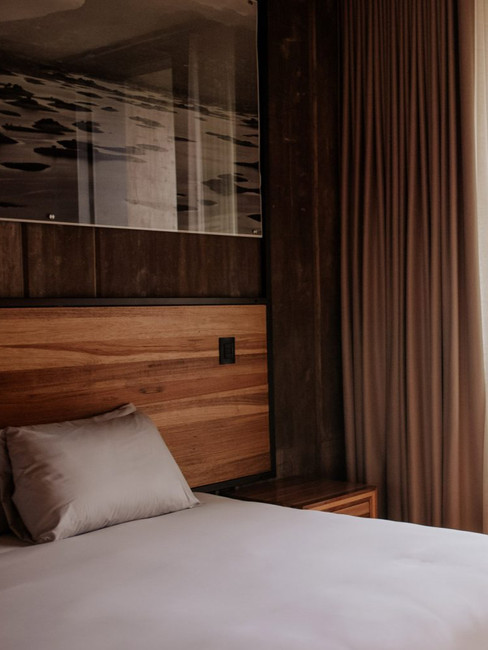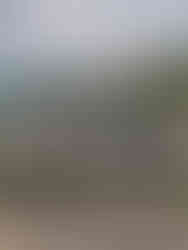Flavia, Oaxaca — Architecture That Breathes in the Sierra Norte
- AMPM
- Oct 10
- 3 min read
Updated: Oct 11

Concrete, leather, and silence — RootStudio’s Flavia reveals architecture as atmosphere.
An Architecture Shaped by the Land
On the slopes of Mount San Felipe, just minutes from Oaxaca City yet already at the edge of the Sierra Norte, Flavia does not impose itself upon the landscape. It grows from it. Raw concrete defines the first impression. Yet this silent monument is merely an envelope — a quiet tension between exterior vastness and interior breath.
Conceived by RootStudio under the direction of João Boto Caeiro, the project unfolds like a habitable sculpture. There are no rigid lines. The architecture follows the slope, the constraints of the terrain, the rhythm of day and night. Volumes interlock gently, alternating solids and voids, recesses and openings, allowing Oaxaca’s light to sculpt shadow as if it were a material.
Light and Concrete: The Controlled Contrast of Architecture in Oaxaca
Outside, few openings. Concrete dominates, cloaked in silence. This first mask reveals nothing — or only a breath of enigma.
Inside, the contrast reverses. Wood, earth, glass, and marble temper the austerity of concrete and extend its dialogue with light.
The landscape, designed by Luis Zárate, literally seeps into the architecture: cacti, pitayas, pochote trees, and endemic vegetation align with the geometry of the built forms. Nature does not frame the project. It crosses it, structures it, inhabits it. In this amphitheater of concrete, light becomes a material. Calculated openings modulate its intensity, carve shadow, and weave invisible passages between inside and out. Here, architecture in Oaxaca finds its truth — a balance between weight and permeability, between grounding and breath.
Eleven Rooms, Eleven Breaths: Architecture as Sensory Experience
Flavia is not a hotel in the conventional sense. It is a sequence of spatial episodes, eleven architectural breaths.
Each room, a variation on a theme.
Bunker, subterranean yet flooded with light from a zenithal well.
Teatro, dramatic and introspective.
Nubes and Copal, suspended in clarity.
Kundavi, Biblioteca, Cuarto de Máquinas, and Xolo, wrapped in wood textures.
Roja, Selva, and Kuni, contrasting smooth surfaces with raw tactility.
The furniture, conceived as an extension of the structure, dissolves into the volumes. Local artists: Sabino Guisu, Adán Paredes, Dali Nieto, and Lucio Santiago — punctuate the spaces with subtle interventions, at the threshold between art and silence.
A Script of Architectural Envelopes
Entry begins at the top of the slope. One passes through a mineral wall, descends into silence, discovers the inner courtyard — a breath. Spaces unfold seamlessly, guided by the gravity of the site.
The central patio acts as a heart: a source of light, a natural filter, a point of convergence between rooms and pathways. At the summit, the pool and terrace open onto the Oaxaca Valley. Yet nothing here succumbs to the temptation of the panorama. The landscape remains interior — contemplated through restraint.
Architecture as Silence
Flavia does not promise a stay. It offers silence. A silence of matter, of light, of suspended gaze.
RootStudio envisions here an architectural work that breathes, listens, and waits. Each threshold delays, each distance invites a different perception of time. In this play of restraint, Flavia becomes a destination for those who seek less to inhabit a place than to let it resonate.
Credits: Flavia Hotel, Deezen




















Comments